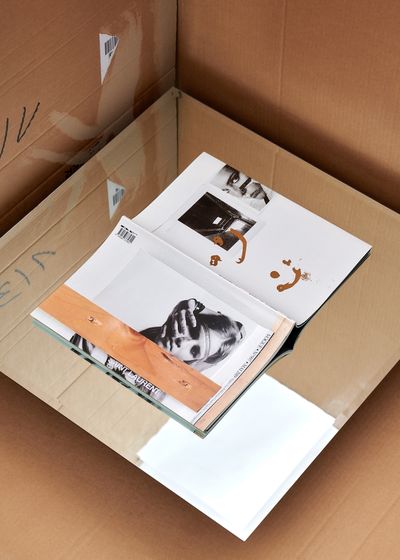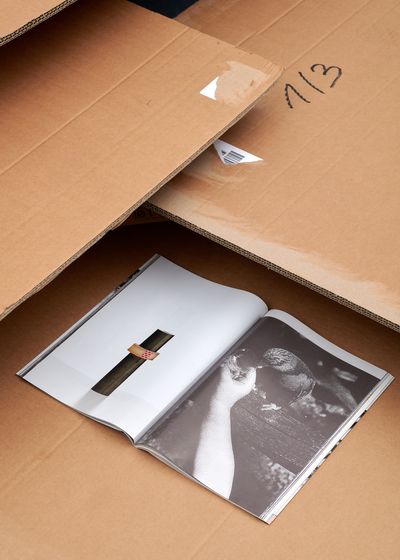#11 Mercurial
Author: Martin Huger
Text: Anton Stuckardt
Languages: EN/FR
Translation and Editing: Matthieu Ortalda
Design: Jérémy Glâtre & Rudy Guedj
Author: Martin Huger
Text: Anton Stuckardt
Languages: EN/FR
Translation and Editing: Matthieu Ortalda
Design: Jérémy Glâtre & Rudy Guedj
Somewhere between the highway flyovers of the Boulevard Périphérique and the A3, between the antithetical senses of primal words, between pirates hijacking luxury yachts and the bargaining of global corporations, between Kepler’s reasonable discovery of the moon’s gravitational impact on earth and the logic of dream, between trans-oceanic trade routes and the busy depths of the sea, between twin towers and twins of twin towers, between horizontal and vertical vectors of exchange and construction, a series of raft and tower-like structures began to emerge in the studio of Martin Huger, occupying the temporarily unoccupied twenty-ninth floor of one of the Mercuriales towers in eastern Paris.
–
Together with pins, nails, tape, glue, and staples, it’s often just simple magnets that have been used to place objects in tension within the body of work presented here. Martin Huger’s artistic approach triggers our understanding of and relationship to the binary forces of attraction and repulsion that appear to govern our lives. The constructions and images he confronts us with reveal that analogous forces are at work in the constant pushing and pulling that reshapes a metropolitan area as well as in the strategies of persuasion commonly used in advertising, fashion and marketing. Hopping on a path made of invisible semantic associations, the artist has consciously let one word or thought attract another. This process forms an eclectic narrative around the notions of elevation, navigation and capital, as if they were bound together by a magnetic field.
Transitioning away from a career in the fashion world to take up a solitary artistic practice in 2021, his daily commute shifted from the glamorous streets of the city center to peripheral boulevards when he moved to a studio space located on the twenty-ninth floor of one of the iconic Mercuriales office buildings in the east of Paris. Bagnolet, the town where the two towers sprung up from the earth in the seventies, was meant to develop into a thriving centre for business and trade. Instead, it has come to expose the flip-side of the metropolis’ magnetism and its streets have become home for people in need, who found themselves pushed back into the fringes of the capital.
Salvaging scrap materials from the streets and finding objects that belonged to the past life of the building as an office space, Huger has accumulated a vocabulary of tiny nameless and shapeless things on his desk. Tinkering for hours with these raw materials, vertical tower-like constructions as well as rafts and other vessels started to emerge while staring out at the cityscape from the large studio windows — an artist turned bored office worker, who creates in an act of resilience, as a way to challenge the slow passing of time.
Each of Huger’s pieces has its way of revealing how it was constructed—nothing is concealed. Their importance lies less in their particular final forms than in the fact that they are fundamentally explorations of potential—they are things in transit, in becoming. This notion of potential frequently returns through the figures of the child and the model, whether a model posing for an advertisement in a glossy magazine, or representing a spatial projection as seen in the workshop of an architectural office.
–
Martin Huger (1987, Le Mans, lives and works in Paris) trained in graphic design both in France (ESAA Duperré, Paris) and in The Netherlands (Gerrit Rietveld Academie, Amsterdam). He went on to spend six years as part of the creative team at Vogue Paris before fully focusing on his artistic practice.
© Photos by Elmer Driessen






